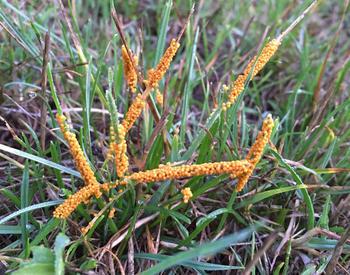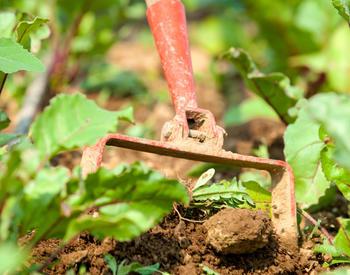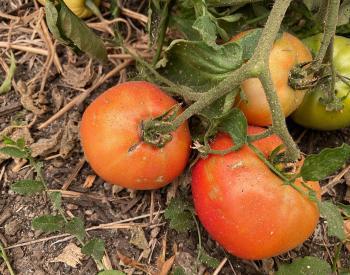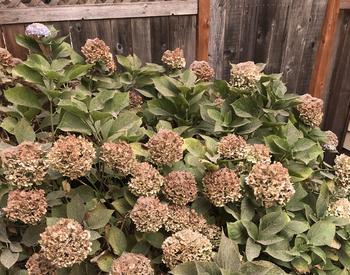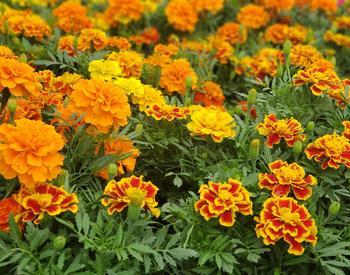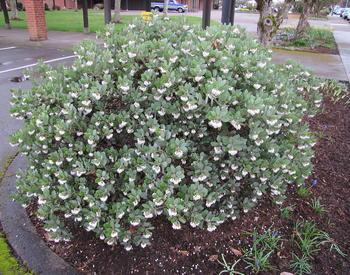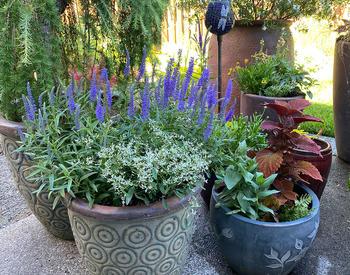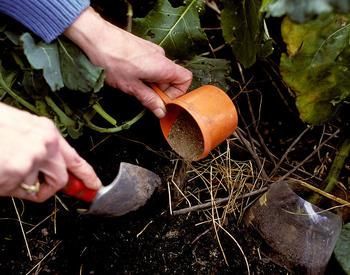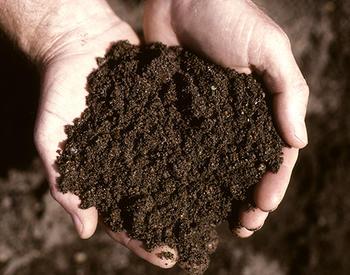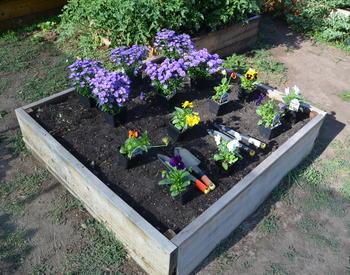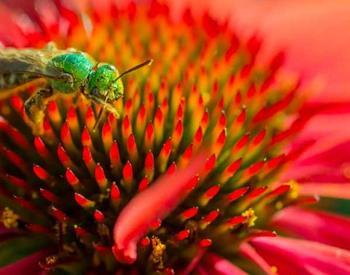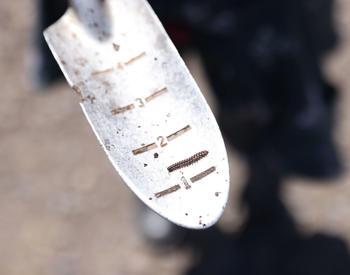Timely advice on garden chores, fertilizing, pest control, and more from OSU Extension. These tips are not necessarily applicable to all areas of Oregon. For more information, contact your local Extension office.
Oregon State University Extension Service encourages sustainable gardening practices.
Practice preventive pest management rather than reactive pest control. Identify and monitor problems before acting, and opt for the least toxic approach. Conserve the predators and the parasitoids that feed on insect pests.
Planning
-
Plan your vegetable garden carefully for spring, summer and fall vegetables that can be eaten fresh or preserved. If you lack in-ground gardening space, plan an outdoor container garden.
-
Use a soil thermometer to help you know when to plant vegetables. Some cool season crops (onions, kale, lettuce and spinach) can be planted when the soil is consistently at or above 40 degrees Fahrenheit.
Maintenance and cleanup
-
Lawn mowing: Set blade at 0.75–1 inch for bentgrass lawns; 1.5–2.5 inches for bluegrasses, fine fescues and ryegrasses.
-
Compost grass clippings and yard waste, except for clippings from lawns where weed-and-feed products or weed killers have been used.
-
Spread compost over garden and landscape areas.
-
Prune gooseberries and currants; fertilize with manure or a complete fertilizer.
-
Fertilize evergreen shrubs and trees if needed. If established and healthy, their nutrient needs should be minimal.
-
If needed, fertilize rhododendrons, camellias and azaleas with acid-type fertilizer. If established and healthy, their nutrient needs should be minimal.
-
Western Oregon: Prune spring-flowering shrubs after blossoms fade.
-
Western Oregon: Fertilize caneberries using band fertilizer, broadcast fertilizer, a complete fertilizer or manure.
Planting and propagation
-
Use stored scion wood to graft fruit and ornamental trees.
-
Plant insectary plants such as alyssum, phacelia, coriander, candytuft, sunflower, yarrow and dill to attract beneficial insects to the garden. For more information, see Encouraging Beneficial Insects in Your Garden.
-
Central Oregon: Plant seed flats of cole crops (cabbage, cauliflower, broccoli and Brussels sprouts) indoors or in a greenhouse.
-
Western Oregon: If soil is dry enough, prepare vegetable garden and plant early cool-season crops (carrots, beets, broccoli, leeks, parsley, chives, rhubarb, peas and radishes). Plant onions outdoors as soon as the soil is dry enough to work.
-
Western Oregon: Plant berry crops (strawberries, raspberries, blueberries, blackberries, currants, gooseberries and other berry-producing crop plants). See OSU Extension publications for berry varieties.
Pest monitoring and management
Use chemical controls only when necessary and only after studying the pesticide label. First consider cultural, then physical and biological controls. Choose the least-toxic options, and use them judiciously. Some examples include insecticidal soaps, horticultural oils, botanical insecticides and organic and synthetic pesticides.
-
Spray trees and shrubs for webworms and leafrollers, if present.
-
Protect new plant growth from slugs. Least toxic management options include barriers and traps. Baits are also available for slug control; use with caution around pets. Read and follow all label directions prior to using baits or any other chemical control.
-
Learn to identify the predatory insects that can help keep aphids and other pests under control.
-
Spray to control leaf and twig fungus diseases in dogwood, sycamore, hawthorn and willow trees.
-
Prune ornamentals for air circulation and to help prevent fungus diseases.
-
Western Oregon: Start rose blackspot control tactics at budbreak. Control rose diseases such as black spot. Remove infected leaves. Spray as necessary with a registered fungicide.
-
Western Oregon: Monitor for European crane fly and treat lawns if damage has been verified.
-
Monitor landscape plants for problems. Don't treat unless a problem is identified.
Indoor gardening
-
Start tuberous begonias indoors.
-
Western Oregon: Take geraniums, begonias and fuchsias from storage. Water and fertilize. Cut back if necessary. Move outdoors next month.
Trade-name products and services are mentioned as illustrations only. This does not mean that the Oregon State University Extension Service endorses these products and services or intends to discriminate against products and services not mentioned.

